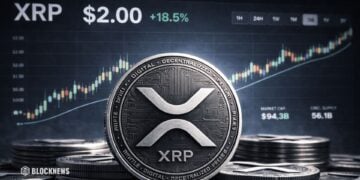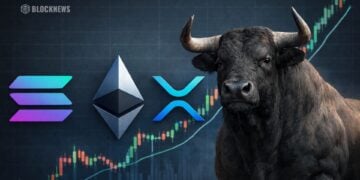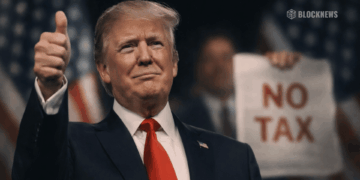- VanEck agrees to a $1.75 million fine for not disclosing a social media influencer’s role in their ETF launch.
- The SEC found that VanEck’s undisclosed deal with the influencer, whose pay was tied to the fund’s growth, was problematic.
- The lack of transparency prevented the ETF’s board from fully understanding the economic implications of advisory contracts.
VanEck, a well-known investment firm, has agreed to a $1.75 million settlement with the U.S. Securities and Exchange Commission (SEC) regarding its 2021 exchange-traded fund (ETF) that focused on social media trends. The SEC’s investigation revealed that VanEck did not fully inform investors about the involvement of a high-profile social media figure in marketing the ETF, which sought to capitalize on “positive insights” from online platforms and other data sources.
The SEC’s Findings
The investigation by the SEC uncovered that VanEck had enlisted the help of a well-known online figure to promote the ETF, aiming to attract more investors through social media buzz. This partnership was not made public, particularly the part where the influencer’s compensation was linked to the performance of the fund, creating a potential conflict of interest that was not disclosed to the ETF’s board or the investors.
Implications of the Settlement
This oversight led to significant concerns about the transparency and governance of the ETF, as the undisclosed agreement could influence the fund’s management and operations. The SEC emphasized the importance of clear and honest communication, especially when it involves financial products that rely on the endorsement of public figures. VanEck’s acceptance of the SEC’s terms, including the financial penalty and cease and desist order, marks a commitment to adhering to regulatory standards and ensuring such oversights do not occur in the future.
In the wake of this settlement, VanEck also made headlines for discontinuing one of its other ETF products and reducing fees for its Bitcoin Strategy ETF, signaling ongoing adjustments to its product lineup in response to market conditions and regulatory feedback.














